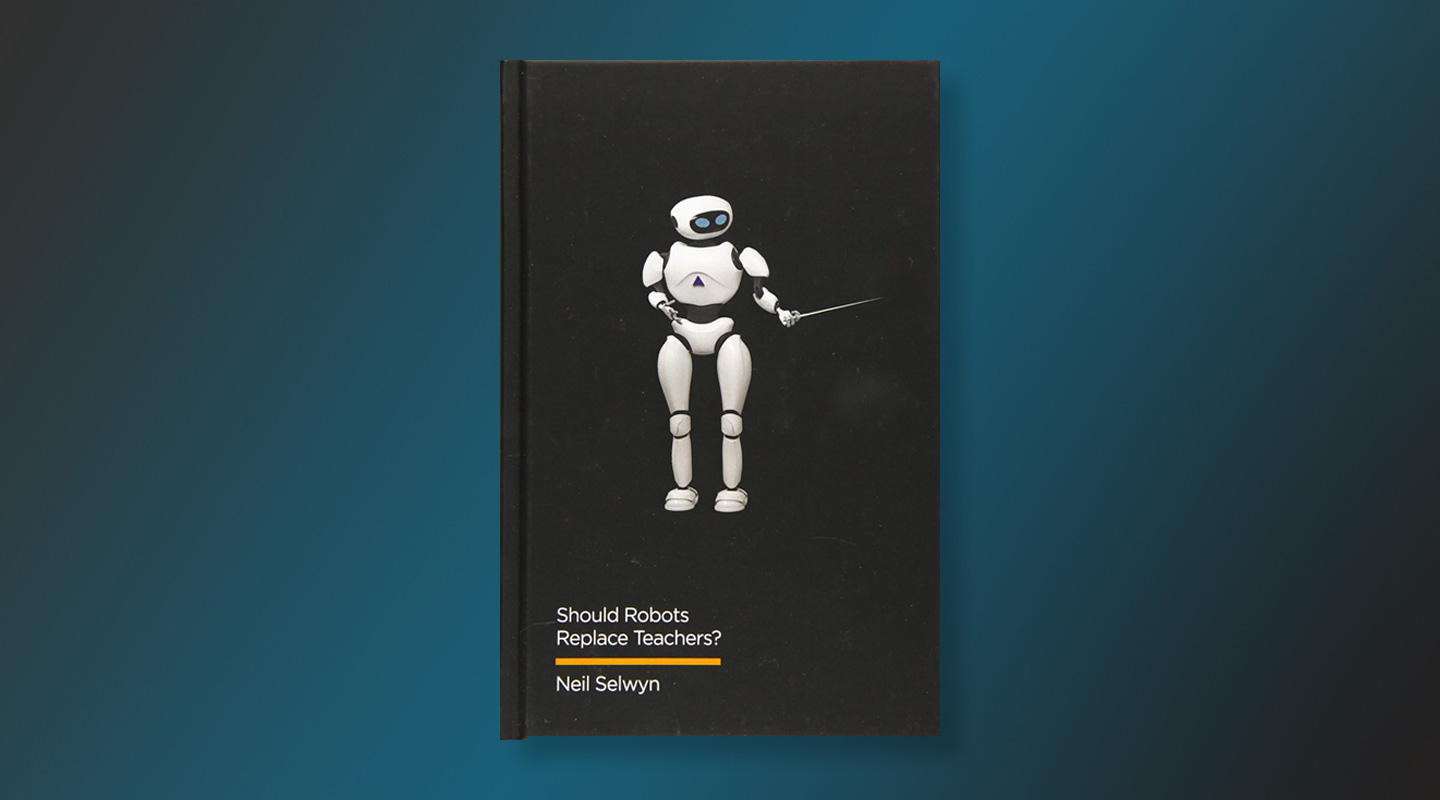Dear readers, With the launch of e-newsletter CUHK in Focus, CUHKUPDates has retired and this site will no longer be updated. To stay abreast of the University’s latest news, please go to https://focus.cuhk.edu.hk. Thank you.
Good Login, Sir!

With the completion of the second term of 2019–20, CUHK is past another milestone in its mission of delivering quality education to its students. Despite a few teething problems, the makeover to full-scale online teaching has got off to a solid start.
Unless and until the COVID-19 pandemic has become a thing of the past, the virtual mode of learning is here to stay. It will further fuel the application of AI in education, which will not only flip the classroom but also the role of the teacher. Neil Selwyn, author of Should Robots Replace Teachers? (2019), estimates that by 2023 the market for AI in education will approach US$37 billion.
The more visible presence of AI in education takes the shape of robots that help drill rote learning, like those tennis ball machines that launch the balls at the player at various speeds and angles. But it can also be in the form of software or technology that can, say, grade papers or generate analytics for the purpose of developing teaching strategies and assessing student performance.
In many traditional one-to-many classrooms, the availability of learning chatbots can share the teacher’s work and give prompt attention and assistance to individual students and thus engage them and make the classroom experience more effective. One such chatbot, named Watson, is in effect an AI teaching assistant and has been given charge from grade schools to universities.
At CUHK, Prof. Catherine So of the Department of Educational Psychology has been a pioneer in using robots in education. The animated robot developed and named NAO by her team uses gestures, more readily understood and learned by autistic children than words, to help develop their academic and social skills.
Selwyn recounts in his book that during a trial use of a companion robot by Dr. Fumihide Tanaka to interact with some toddlers, the robot’s battery ran out and it slumped onto the floor. Very soon the young children began to gather around and fetched food and blanket for the moribund machine. This discovery led to Dr. Tanaka’s developing ‘care-eliciting’ robots for young children and dementia patients. But Selwyn sees in the incident something akin to a flesh-and-blood relationship: ‘Many teachers will recognize an experience in which their own fallibility encouraged students to go on learning for themselves.’
TC